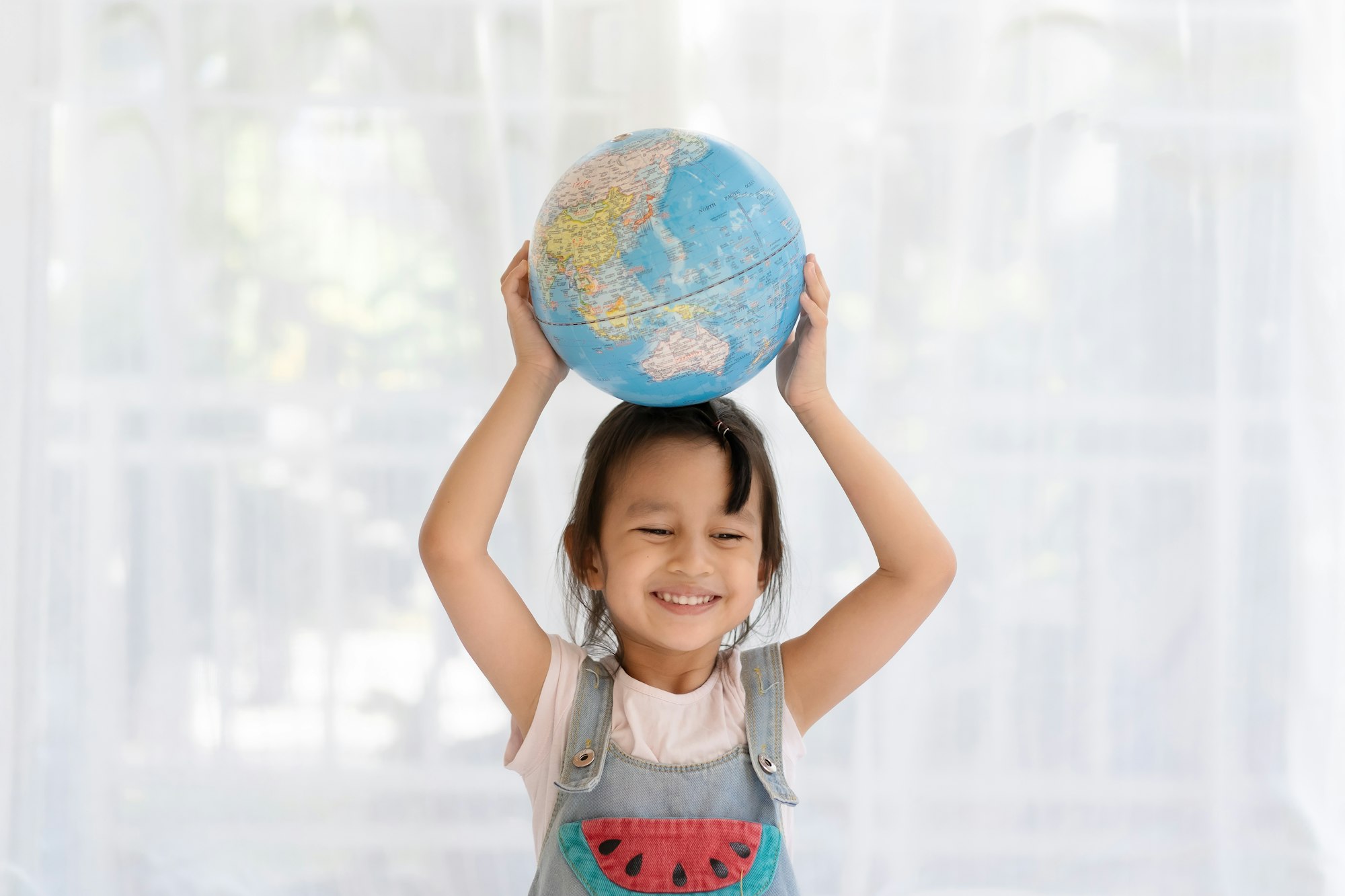In our increasingly interconnected world, it’s essential to raise children who are not only aware of global diversity but also respectful and appreciative of it. Teaching kids to respect other countries’ cultures and races fosters empathy, broadens their perspectives, and prepares them for a multicultural society. Here are some effective strategies to help parents raise global citizens.
1. Understanding Cultural Diversity
1.1 Why Cultural Awareness is Important
Cultural awareness helps children understand and appreciate the rich tapestry of human experiences. It promotes empathy, reduces prejudice, and encourages respectful interactions with people from different backgrounds.
1.2 The Role of Parents in Cultural Education
Parents play a crucial role in shaping their children’s attitudes towards other cultures. By actively engaging in cultural education, parents can set a positive example and guide their children towards open-mindedness and inclusivity.
2. Introducing Cultural Diversity at Home
2.1 Celebrate Cultural Holidays and Traditions
Introduce your children to various cultural holidays and traditions from around the world. Celebrate these occasions by trying different foods, wearing traditional clothing, and learning about the significance of each celebration.
2.2 Diverse Books and Media
Expose your children to books, movies, and music from different cultures. Diverse media provides valuable insights into various cultural narratives and helps children appreciate the beauty of global diversity.
2.3 Cooking International Cuisines
Cooking and tasting foods from different cultures is a fun and educational way to explore global diversity. Involve your children in preparing international dishes, and discuss the cultural significance of each meal.
3. Encouraging Multicultural Experiences
3.1 Travel and Explore
If possible, travel to different countries or regions to experience diverse cultures firsthand. Visiting cultural landmarks, attending local festivals, and interacting with people from different backgrounds can be incredibly enriching for children.
3.2 Cultural Exchange Programs
Consider enrolling your children in cultural exchange programs or hosting exchange students. These programs provide immersive experiences that deepen cultural understanding and foster lifelong friendships.
3.3 Community Involvement
Participate in community events that celebrate cultural diversity. Attend cultural festivals, art exhibitions, and performances that showcase the traditions and talents of various cultural groups.
4. Teaching Respect and Empathy
4.1 Model Respectful Behavior
Children learn by observing their parents. Model respectful behavior towards people from different cultures and races. Use inclusive language, show curiosity about other cultures, and treat everyone with kindness and respect.
4.2 Discuss Cultural Differences and Similarities
Have open conversations about cultural differences and similarities. Encourage your children to ask questions and express their thoughts. Discussing these topics helps demystify cultural diversity and fosters a sense of curiosity and respect.
4.3 Challenge Stereotypes and Biases
Teach your children to recognize and challenge stereotypes and biases. Encourage critical thinking and emphasize the importance of judging individuals based on their character rather than preconceived notions.
5. Educational Activities and Resources
5.1 Cultural Workshops and Classes
Enroll your children in workshops or classes that focus on different cultures, languages, and traditions. These educational activities provide hands-on learning experiences and deepen cultural understanding.
5.2 Use Educational Technology
Leverage educational apps and online resources that teach about world cultures. Interactive platforms can make learning about different cultures engaging and accessible for children.
5.3 Cultural Crafts and Projects
Engage your children in cultural crafts and projects. Creating art, building models, or writing stories inspired by different cultures helps children express their learning creatively and retain cultural knowledge.
6. Building a Global Mindset
6.1 Encourage Language Learning
Learning a new language opens doors to understanding different cultures. Encourage your children to learn languages spoken in various parts of the world, and highlight the connections between language and culture.
6.2 Foster Global Friendships
Encourage your children to make friends with peers from different cultural backgrounds. Global friendships provide personal insights into different ways of life and reinforce the value of cultural diversity.
6.3 Support Global Causes
Teach your children about global issues and the importance of contributing to global causes. Supporting international charities or participating in global initiatives fosters a sense of global responsibility and empathy.
Conclusion
Raising global citizens requires intentional effort and a commitment to fostering respect and appreciation for cultural diversity. By introducing cultural diversity at home, encouraging multicultural experiences, teaching respect and empathy, and utilizing educational activities and resources, parents can equip their children with the tools to navigate and thrive in a multicultural world. Embrace the journey of raising global citizens, and watch your children grow into compassionate, open-minded individuals who celebrate the richness of our global community.


